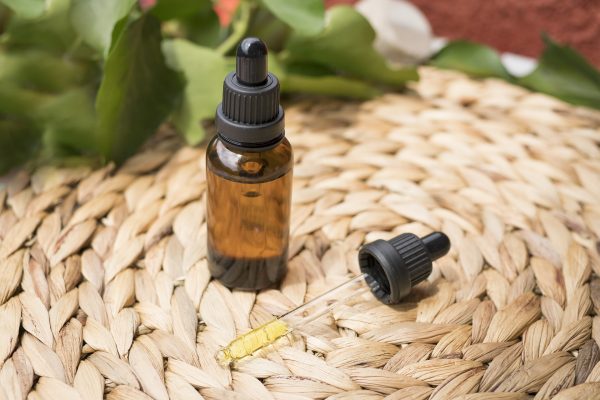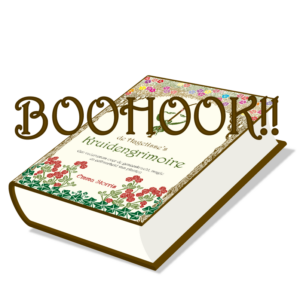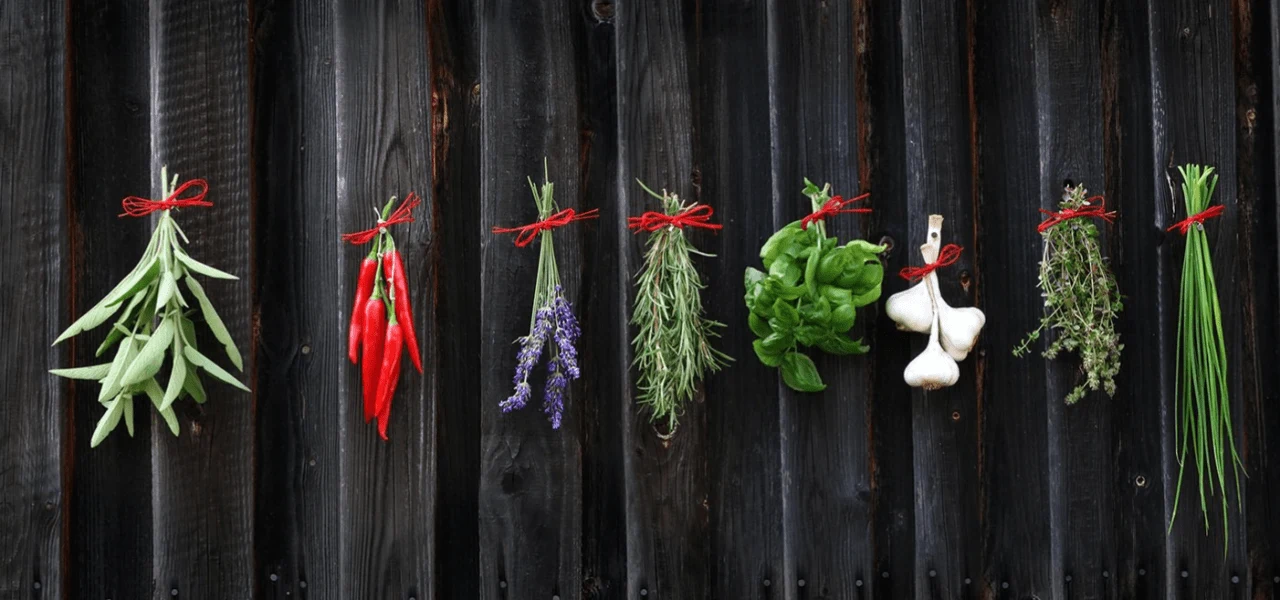How to make a tincture of medicinal plants: the preparations

Part of my work as a hagetisse is making all kinds of remedies from medicinal plants. Tinctures are of course one of these remedies. Although it isn’t hard to buy a good tincture in the shops these days, I still like knowing where the ingredients of my tincture came from and under what conditions they were grown. And I’m not alone in this. That is why I am starting a series of three blogs on how to make a tincture from medicinal plants. Today part one: the preparations.
Important decisions when making medicinal plant tinctures
Before you actually start making a tincture, you will have to decide on three things. The first decision is whether you want to work with dried herbs or fresh herbs. If you choose dried herbs, you will then have to decide whether to macerate or percolate. In this series of blogs I am going to explain how maceration works, simply because you need less materials to do this. I’ll explain percolation at a later stage, as this method can be useful if you need a tincture quickly.
Thirdly, when you start macerating you will have to decide whether to use the traditional way or the weighted way. The latter terms, the traditional and weighted way, are not official names, but what I call them. In short, the traditional method doesn’t require weighing and measuring and is done by eye. The weighted method uses exact weights of herbs and measurements of the liquids used.
The traditional versus the weighted way of making tincture: when do you use which method?
I use both methods. Which one I use depends on the purpose of the tincture and the herbs used. As I wrote in an earlier blog, uniformity in the amount of constituents and nutrients is often a thing in homemade plant preparations. The more important a uniform composition is in a tincture, the more likely I will weigh and measure my ingredients.
For many tinctures, the traditional method will suffice. If this is the case, I choose this method because it is simply a lot easier and faster. All you need is a clean, tightly sealable pot, plants, a solvent, some simple tools and your eyes.
The menstruum: an indispensable part of tincture
Before we can even start discussing how to make a tincture, it is important that you have some basic knowledge. This way you’re well prepared. First of all, there is the term menstruum. The menstruum is the liquid in which you absorb the active substances of the plant, i.e. the solvent. In weighted tincture recipes, the ratio stated is – for example 1: 5 – is the ratio of the amount of plant material to the amount of menstruum. How the whole ratio thing works I will explain later, in the blog on the weighted way of macerating tinctures.
Most people know there is alcohol in menstruum. Not everyone knows that there can also be other liquids in a menstruum. Depending on the ingredients you are trying to capture, a tincture menstruum may also contain water, vinegar and glycerin. For example, you use vinegar to optimally dissolve alkaloids and glycerin to better capture tannins.
Know what you are extracting
Some ingredients, such as mucilages, lose strength in alcohol. If mucilages are important to the effectiveness of your tincture, it is a good idea to limit the amount of alcohol to the minimum amount necessary to keep the tincture stable. That minimum is 20 percent. In that case I prepare a menstruum with an alcohol percentage of at least 20 up to a maximum of 30 percent.
Understandably, it is important to make an inventory of what you are trying to extract. I might, for instance, be making a menstruum for a dried herb with 50% alcohol and 10% glycerin. This ratio automatically means that there will be 40% water in this menstruum. Alcohol, glycerin and vinegar percentages are always mentioned in recipes, water usually isn’t. In the case mentioned, the recipe indicates that there’s no vinegar in the menstruum.
Utensils you will need for making an herbal tincture
Of course you need a few more things to make an herbal tincture. My standard equipment for a traditional tincture looks like this:
- A smooth wooden cutting board
- A sharp knife
- A mortar
- A well sealable jar and other jars and bowls
- Filter materials, such as a funnel, strainer, and coffee filters, muslin cloth or cheese cloth
- Bottles of dark glass which can be closed properly
- Optionally labels
It goes without saying that you must ensure a hygienic working environment. After all, you don’t want contamination of your tinctures. I prefer to work on my hardwood kitchen table, the table top of which is completely smooth, so that I can keep it optimally clean. My table top has no decorations, trimmings or even grooves where the planks connect. My cutting board has the same properties: completely smooth and made of wood.
I don’t use a plastic cutting board because it often releases small plastic particles. I don’t actually use plastic cutting boards at all, even when I’m cooking. Research has shown that wooden cutting boards are more hygienic.
Other points of attention when choosing your materials
When picking a mortar, you will also have choose wisely. Both the bowl and the pestle of the mortar are ideally made of a hard material. This will prevent particles from coming off the mortar and deep grooves emerging. That way, it will be easier to the mortar clean and prevent cross-contamination. The inside of the bowl and the bottom of the pestle must be slightly rough – lest the herbs fly in all directions – but should not be porous. A porous material absorbs constituents, which we don’t want.
I like it when all parts of a mortar are heavy. The bowl will not slide around and you can let the weight of the pestle work for you when grinding. All in all, I prefer a granite mortar, because it combines all these properties. After use, always wash your mortar thoroughly by hand with hot water and no soap.
Clean and whole are the magic words
To choose your materials for filtering, it is important that they are intact and not worn out. The reason for this is simple: you are going to press the herbal remains after pouring the tincture. If your cloth has worn areas, there is a high risk that it will burst, which will, of course, get pretty messy. I personally prefer to use old-fashioned cheesecloths for pressing.
When filtering, pour the tincture into the container in which you are going to store it. This container must be properly sealable and airtight and shouldn’t let any light through. A dark glass bottle is therefore best. Store the bottle in a place where sunlight or heat can’t get to it. Ideally, you use a room which faces north and stays cool even in summer, or a cellar.
In the next blog in this series we will get busy with actually making a tincture. We’ll start with the traditional way of macerating.




